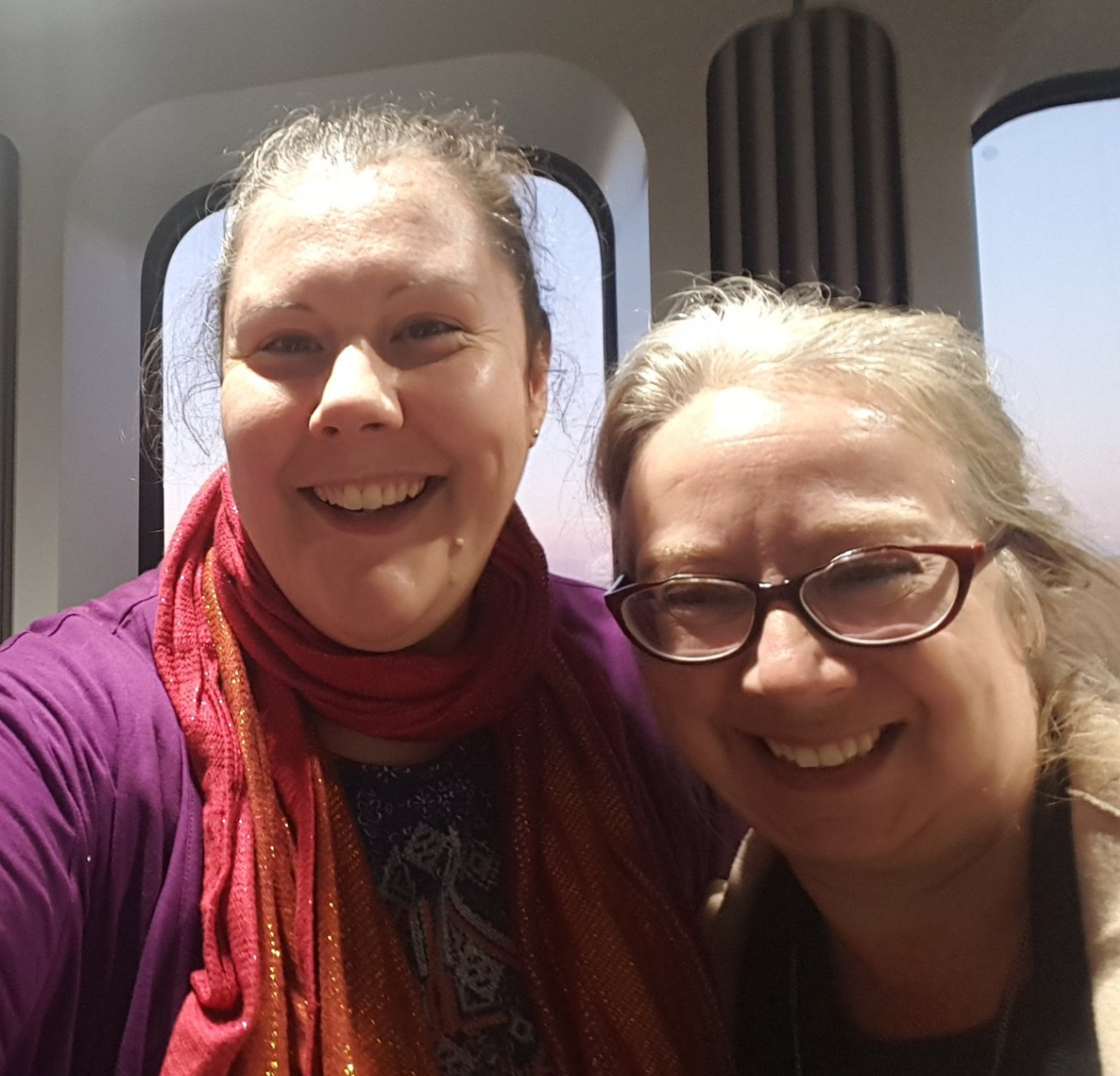The Towards Maturity 2012 benchmark report is out. I remember when I first stumbled across TM and didn’t understand that it was about organisations reaching maturity around the use of their technology for the learning and development needs of their staff, which ultimately then affects business performance. I’ve since spent time with Laura Overton, Managing Director of TM, and found her to be warm, personable, endlessly energetic as well as inspiring and motivating with regards what organisations and the L&D community can improve on.

Laura recently delivered a webinar through the Learning and Skills Group titled “Bridging the gap – the secrets of integrating learning and work”. The recording and chat transcript are available through the LSG website for a free membership.
Workflow and learning
At the beginning of the webinar Laura asked the text chat group of attendees “how do we get learning into the workflow?”. This is such an important question. As businesses change, technology is more prevalent and people want more from their work and careers. I’m a huge fan of classroom face to face training, but I don’t feel that this is mutually exclusive to Learning and Development professionals making a difference to individuals and business goals.
Changing importance
Laura went on to say that “nine out of ten organisations say it’s critical, important or increasingly important in our organisation now” to be putting learning into the workflow and summarised the motivation well by saying “all of us want to be able to do everything”.
The work that TM has done through their benchmarking has highlighted that “94% of us want to share good practice”. This is where technology in organisations can facilitate this. That technology can be as simple as notice boards and relationship building at the kettle. It can also include well structured, easy to use intranets where up to date information is easy to find and use, as part of the workflow for an individual or team. This could be the SharePoint architecture, which I’ve seen used poorly and well; it could be an internal support system (not unlike the Windows Help features) that is bespoke to an organisations products, processes, policies and other details; and much more besides.
Which technology?
Laura described findings from her research that the less used technology tools include “podcasts, serious games, virtual classrooms and in-house social media”. I was initially surprised about in-house social media being used less. In my current organisation [at the time of writing, it was Bupa International] it’s a big talking point and well used, though can be a struggle for self-discovery learning.
In my last role, with the TimeWarner group, it was at the initial roll out stage and showed signs of being a great international collaboration tool. My surprise soon dissipated when Laura went on to talk about tools that are increasingly used: “rapid application development, mobile, social media, SharePoint, virtual meetings, off-the-shelf e-learning”.
Here the social media is outside of the corporate Firewall. It’s encouraging to know that some companies understand that whilst people will look at Facebook, social media and various websites can be such rich learning environments and bring information and answers to the finger tips of learners at the point of need. There is still so much more to do on breaking holes in the Firewall and I hope Laura’s work will bring this into the open for organisations.
On the webinar there was a woman in the chat window who had to work from home to be able to see the 45 minute presentation as her company didn’t even allow the connectme.com website. As I said, a looong way to go.


One Comment
Comments are closed.